Make More Money in Your Beer Parlor with Self-serve Beer
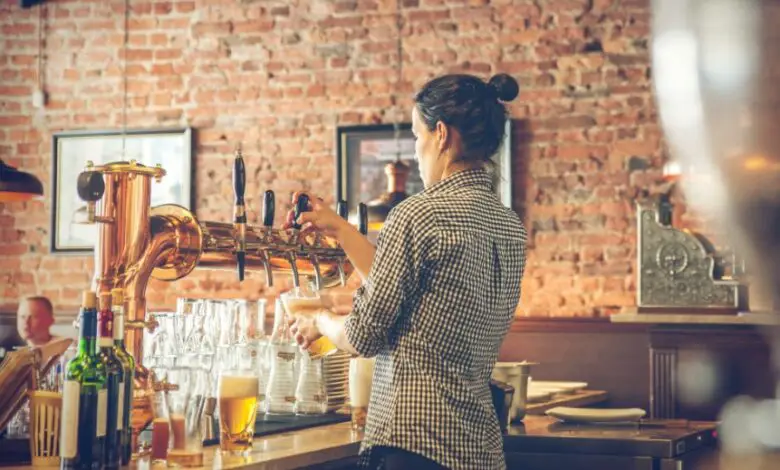
How many times do your customers tap their feet with impatience as they wait for you to pour their beer? Kids have their soda and yoghurt dispensers and smokers have their cigarette vending machines. Why should your beer fans not pour favorite pint of beer more conveniently?
Why Self-serve?
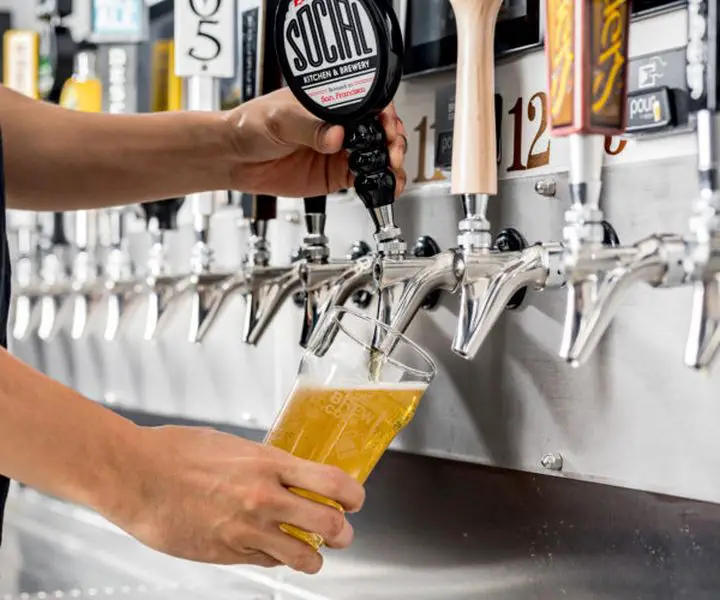
The number one turn off for customers in the food and drinks space is poor service. In a pub or bar, this is waiting for minutes on end for a drink. If you run a small establishment, you will most likely have a long-running dilemma. Do you take on more help on the weekend or tough it out? If you go it alone, your service suffers when traffic is high, while extra hands eat into your margins.
With a self-serve tap, your customers simply walk to the beer tap, pour their order and get served quickly. Beer taps have evolved a lot. Your customers will tap their cards, or swipe to make exact payments. Exact measurements translate into better profits.
What is Draft Beer?
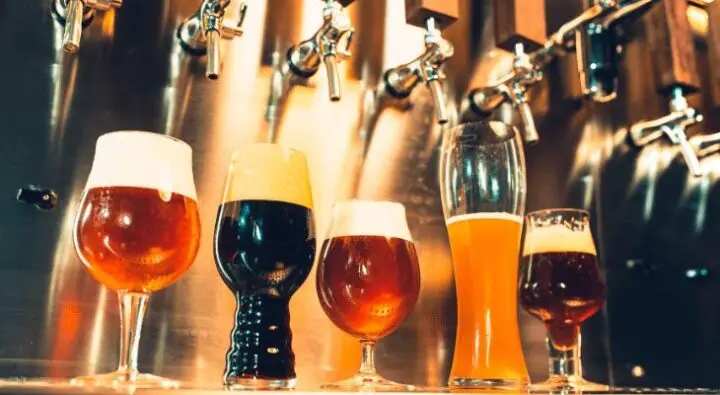
Draft beer is held in a keg and served from a tap. This is unlike beer sold in bottles or cans. It is popular because of its shorter route from the brewery to the customer. Beer fans love draft beer because they feel its fresh and more flavorful than bottle or can beer. You can get draft beer direct from the brewery instead of the longer route by the distributor.
The term ‘draft’ is more common in North America while ‘draught’ is more common in the UK and Australia. The difference is in the English versions of different countries. But whichever name you see refers to beer from a keg.
How is Draft Beer Dispensed?
Many bars keep beer kegs free standing. But it is also common to see beer kegs in kept in a kegerator. A kegerator is a self-contained housing that keeps the beer cool. Some people make kegerators from converted refrigerators.
A kegerator has an air tank, air lines, beer line, regulator, and a tap. It can hold different sizes of beer kegs. Kegerators can be free standing or built into the bar counter; it depends on convenience and ergonomic preferences.
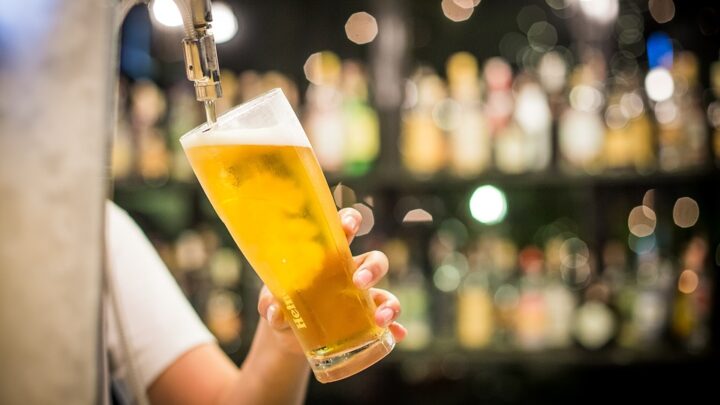
The beer kegs are exchangeable. If you are buying from a distributor, the beer will be brought to your door. But breweries may require you to fetch beer kegs from the factory. You will get fairer prices if you are buying direct from the brewery but they may require that you buy in bulk. Assess your market before deciding whether to deal with a distributor or go direct to the brewery. You can find more information on https://www.beer-tap-cooler.co.uk/.
Pouring Draft Beer
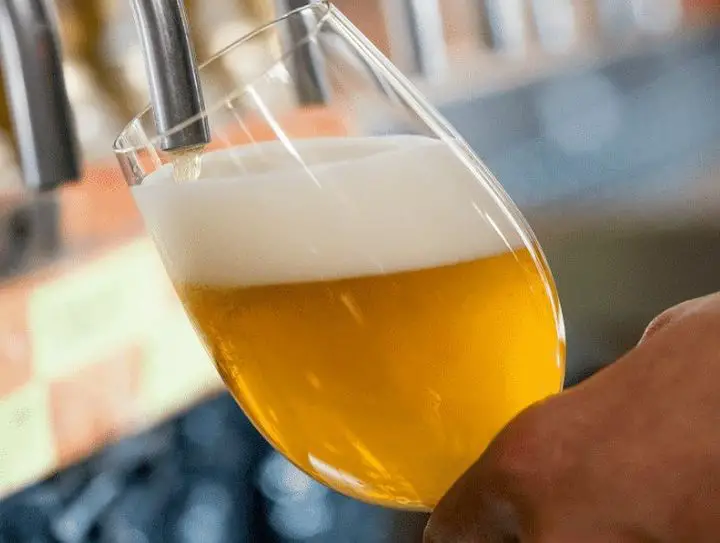
Your customers will find pouring their own beer fun and convenient. It is easy to do and you can plaster the instructions on the wall:
- Hold the mug at 45 degree under the tap with the tip entering the beer mug slightly
- Open the beer tap. The beer should hit the middle of the mug and flow to the bottom. It will avoid a beer head (foam) from growing too quickly
- Pour the beer up to 2/3 of the mug and then adjust the angle of the beer mug to make it upright
- Pour until you have about a half-inch of beer foam at the top
Remind your customers to keep the tap from dipping into the beer for hygiene purposes. It is not uncommon to get complaints of too much foam. You can shave it off with the blunt edge of a knife and fill again.
Draft Beer Popularity
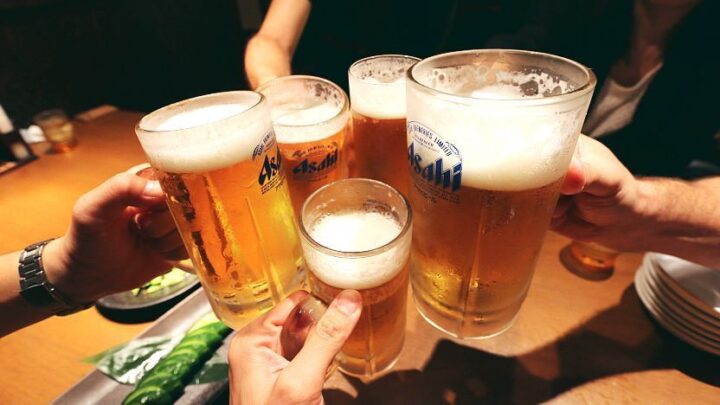
Draft beer popularity is growing in all segments of beer drinkers. It beats canned and bottled beer in taste and freshness. Homemade draft beer brewers are experimenting with flavors to make niche tastes that big brewers cannot.
Why not tap into this popularity with a home draft beer tap and cooler? You can grow a clientele for draft quickly if you cultivate a few customers and deploy a few marketing tricks. There are many beer lovers who are curious about the home draft beer who would be willing to try. The good thing is that those who develop a liking for it will make your establishment their first stop.
Draft beer dispensers of direct draw dispensers are popular in establishments offering a selection of custom brews. It offers an opportunity for customers to experiment with several selections of beer. It allows you to offer your customers a tailor-made beer experience.
Is Draft Beer More Profitable?
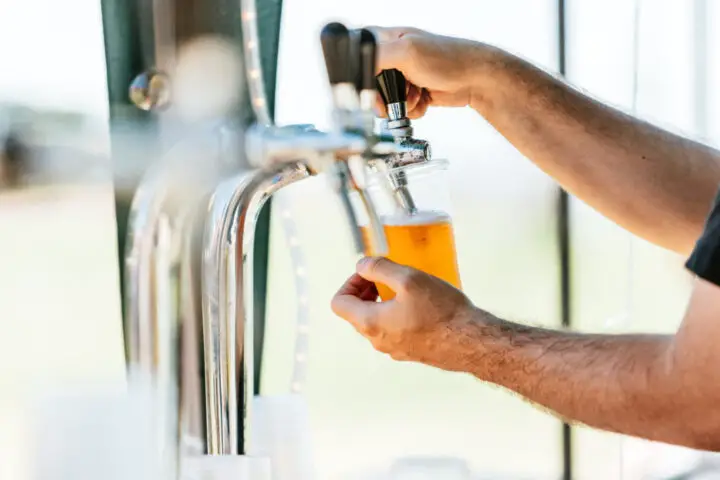
Beer kegs offer a storage advantage. A single beer keg will take the space of several crates, bottled beer, or packs of canned beer. Space is at a premium, and if each square foot counts, you will save good money in reduced storage space.
A keg of beer will carry 31 gallons or 248 pints of beer. There is the half barrel keg of 124 pints. Next in line is the slim quarter with 62 pints. The quarter barrel (Pony keg) also carries 62 pints. There is a sixth barrel, also called a Sixtel that carries 42 pints. The smallest is the Cornelius keg, aka the Corny, which carries 40 pints. You can easily control your stock of beer with these amounts.
You have more latitude in pricing draft beer than bottled or canned beer. You can draw custom amounts e.g., a quarter or half pint while you can only sell a full bottle or can. These custom orders also allow you to deploy clever marketing offers. For example, you can offer an extra two pints for every three. You can vary the prices fluidly depending on the customer flow.
There is a cut on manpower costs. An employee will cost you whether business is good or slow. A self-serve tap lowers your manpower costs significantly. If you operate a restaurant, you can concentrate on the food side while the beer side operates on auto.
Draft beer is more popular than ever. Home draft brewers are putting more interesting flavors for custom tastes. Why not tap into this popularity by deploying a low-cost solution? With a draft beer tap and cooler, you can offer faster custom service, making it a win-win for you and your customers.
